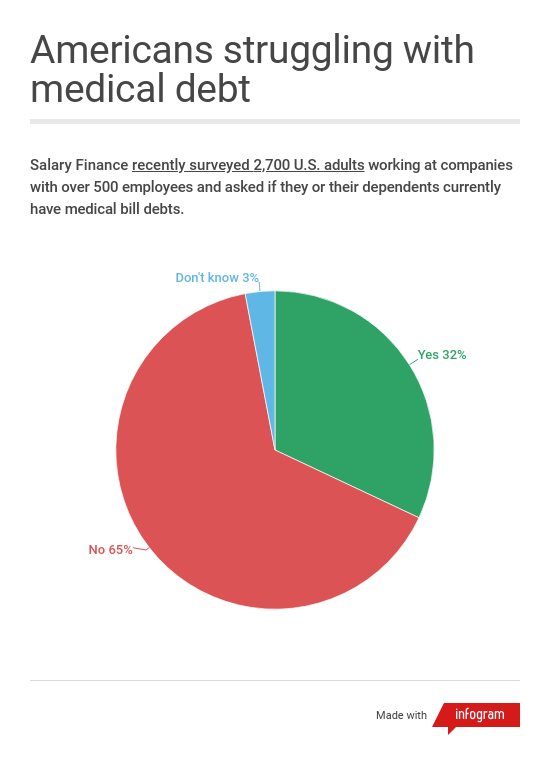Table of ContentsThe Ultimate Guide To How Much Life Insurance Do I NeedThe Ultimate Guide To Which Statement Regarding Third-party Ownership Of A Life Insurance Policy Is True?7 Easy Facts About How Do Life Insurance Policies Work Explained8 Easy Facts About How Much Life Insurance Should I Buy Explained
Policies are normally conventional with-profits or unit-linked (consisting of those with unitized with-profits funds). Endowments can be cashed in early (or gave up) and the holder then receives the surrender worth which is figured out by the insurer depending on the length of time the policy has been running and just how much has been paid into it.
" Accidents" run the gamut from abrasions to disasters however usually do not consist of deaths resulting from https://judahfjjg272.hatenablog.com/entry/2020/10/15/125058 non-accident-related health issue or suicide. Because they only cover mishaps, these policies are much less costly than other life insurance policies. Such insurance can likewise be or AD&D. In an AD&D policy, benefits are available not only for unintentional death but likewise for the loss of limbs or body functions such as sight and hearing.

To understand what protection they have, insureds need to always examine their policies. Risky activities such as parachuting, flying, professional sports, or military service are frequently omitted from coverage. Unexpected death insurance coverage can likewise supplement basic life insurance as a rider. If a rider is bought, the policy typically pays double the face amount if the insured dies from an accident.
In many cases, triple indemnity protection may be available. Insurer have in current years established items for niche markets, most especially targeting senior citizens in an aging population. These are frequently low to moderate stated value entire life insurance policies, enabling elderly people to buy affordable insurance coverage later on in life.
One reason for their popularity is that they just require answers to simple "yes" or "no" concerns, while most policies need a medical test to certify. Similar to other policy types, the series of premiums can vary extensively and need to be scrutinized prior to purchase, as should the reliability of the companies.
It may be possible for people with particular conditions to receive one type of protection and not another. [] Because seniors sometimes are not completely familiar with the policy arrangements it is essential to make certain that policies last for a life time and that premiums do not increase every 5 years as prevails in some situations. [] Pre-need life insurance policies are minimal exceptional payment, whole life policies that are generally acquired by older candidates, though they are readily available to everybody.
How To Find A Life Insurance Policy Exists - An Overview
The policy's survivor benefit is initially based on the funeral expense at the time of deal, and it then typically grows as interest is credited. In exchange for the policy owner's classification, the funeral home generally guarantees that the earnings will cover the cost of the funeral service, no matter when death occurs.
Purchasers of these policies typically make a single premium payment at the time of deal, but some business likewise permit premiums to be paid over as much as 10 years. Riders are adjustments to the insurance coverage included at the exact same time the policy is issued. These riders alter the standard policy to supply some function wanted by the policy owner.
Another common rider is a premium waiver, which waives future premiums if the insured ends up being handicapped. Joint life insurance coverage is either term or irreversible life insurance that insures 2 or more persons, with profits payable on the death of either. These are special insurance coverage strategies which are essentially a mutual fund and term insurance coverage plan rolled into one.
See the main article for a full description of the numerous features and variations. Some policies afford the policyholder a share of the revenues of the insurance companythese are described with-profits policies. Other policies provide no rights to a share of the revenues of the companythese are non-profit policies. With-profits policies are utilized as a type of cumulative financial investment scheme to accomplish capital development.
According to the section 80C of the Income Tax Act, 1961 (of Indian penal code) premiums paid towards a legitimate life insurance policy can be exempted from the gross income. Along with life insurance coverage premium, area 80C permits exemption for other financial instruments such as Worker Provident Fund (EPF), Public Provident Fund (PPF), Equity Linked Cost Savings Plan (ELSS), National Cost Savings Certificate (NSC), health insurance premium are a few of them.
The exemptions are qualified for people (Indian citizens) or Hindu Undivided Family (HUF) (what is supplemental life insurance). Apart from tax advantage under area 80C, in India, a policy holder is entitled for a tax exemption on the death benefit got. The received amount is fully exempt from Income Tax under Area 10( 10D). Where the life insurance is supplied through a superannuation fund, contributions made to fund insurance coverage premiums are tax deductible for self-employed individuals and substantially self-employed persons and companies.
How Do Life Insurance Policies Work Fundamentals Explained
For insurance through a superannuation fund, the yearly deductible contributions to the superannuation funds are subject to age limitations. These limitations use to companies making deductible contributions. They likewise use to self-employed individuals and significantly self-employed persons. Included in these general limits are insurance premiums. This suggests that no additional deductible contributions can be made for the funding of insurance premiums.
For further details on deductible contributions see "under what conditions can a company claim a deduction for contributions made on behalf of their employees?" and "what is the definition of significantly self-employed?". The insurance premium paid by the superannuation fund can be claimed by the fund as a reduction to decrease the 15% tax on contributions and profits.
Premiums paid by a insurance policy holder are not deductible from taxable income, although premiums paid through an authorized pension fund signed up in terms of the Income Tax Act are permitted to be deducted from individual earnings tax (whether these premiums are nominally being paid by the employer or staff member). The advantages developing from life guarantee policies are generally not taxable as earnings to recipients (again in the case of approved benefits, these fall under retirement or withdrawal taxation guidelines from SARS).
Premiums paid by the policy owner are typically not deductible for federal and state earnings tax functions, and proceeds paid by the insurer upon the death of the insured are not consisted of in gross income for federal and state earnings tax functions. However, if the earnings are consisted of in the "estate" of the deceased, it is likely they will undergo federal and state estate and estate tax.
For this reason, insurance coverage policies can be a legal and legitimate tax shelter in which savings can increase without tax up until the owner withdraws the cash from the policy. In flexible-premium policies, large deposits of premium could cause the contract to be considered a modified endowment contract by the Irs (Internal Revenue Service), which negates a lot of the tax benefits related to life insurance coverage.
The tax ramifications of life insurance coverage are complicated. The policy owner would be well encouraged to thoroughly consider them. As always, both the United States Congress and state legislatures can change the tax laws at any time. In 2018, a fiduciary basic rule on retirement items by the United States Department of Labor presented a possible danger.
Some Of A Person Who Is Named To Receive The Proceeds From A Life Insurance Policy Is A(n)

Non-investment life policies do not normally bring in either income tax or capital gains tax on a claim. If the policy has as financial investment aspect such as an endowment policy, whole of life policy or an investment bond then the tax treatment is identified by the certifying status of the policy.